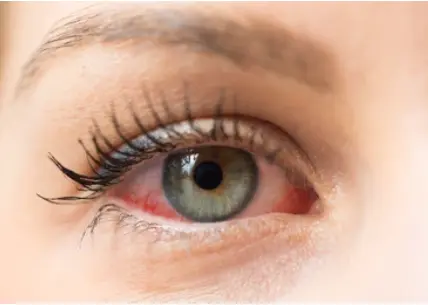 Welcome
Welcome
“May all be happy, may all be healed, may all be at peace and may no one ever suffer."
- A
- B
- C
- D
- E
- F
- G
- H
- I
- J
- K
- L
- M
- N
- O
- P
- Q
- R
- S
- T
- U
- V
- W
- X
- Y
- Z
Tinea (pityriasis) Versicolor - Generics
Tinea (pityriasis) versicolor is a fungal skin infection caused by an overgrowth of the yeast-like fungus Malassezia. This condition is characterized by small, scaly patches of discolored skin, typically on the trunk, neck, upper arms, and occasionally the face. These patches may be lighter or darker than surrounding skin, and can be pink, red, tan, or brown in color. The affected skin may also be itchy, dry, or flaky.
Risk factors for tinea versicolor include hot and humid weather, oily skin, hormonal changes, and a weakened immune system. This condition is not contagious and is generally not considered a serious health concern.
Treatment for tinea versicolor usually involves topical or oral antifungal medications. These medications work by killing the fungus that causes the infection. Topical treatments may include creams, lotions, or shampoos that are applied directly to the affected skin. Oral medications may be prescribed for more severe cases.
To prevent tinea versicolor, it is important to keep skin clean and dry, particularly in areas where the condition is more likely to occur. Avoiding tight clothing and using an antifungal shampoo can also help to prevent infection. In some cases, long-term maintenance treatment may be necessary to prevent recurrence of the infection. It is recommended to consult with a healthcare provider for proper diagnosis and treatment.

Unproductive coughs

Corticosteroid-responsive...

Macular Degeneration

Prevention of typhoid

Dental bleeding

Cervical intraepithelial...

Premenstrual syndrome

Intermittent angioneuroti...
Tinea, Pityriasis, Versicolor, টিনিয়া, পাইটিরিয়াসিস, ভার্সিকোলার
To be happy, beautiful, healthy, wealthy, hale and long-lived stay with DM3S.